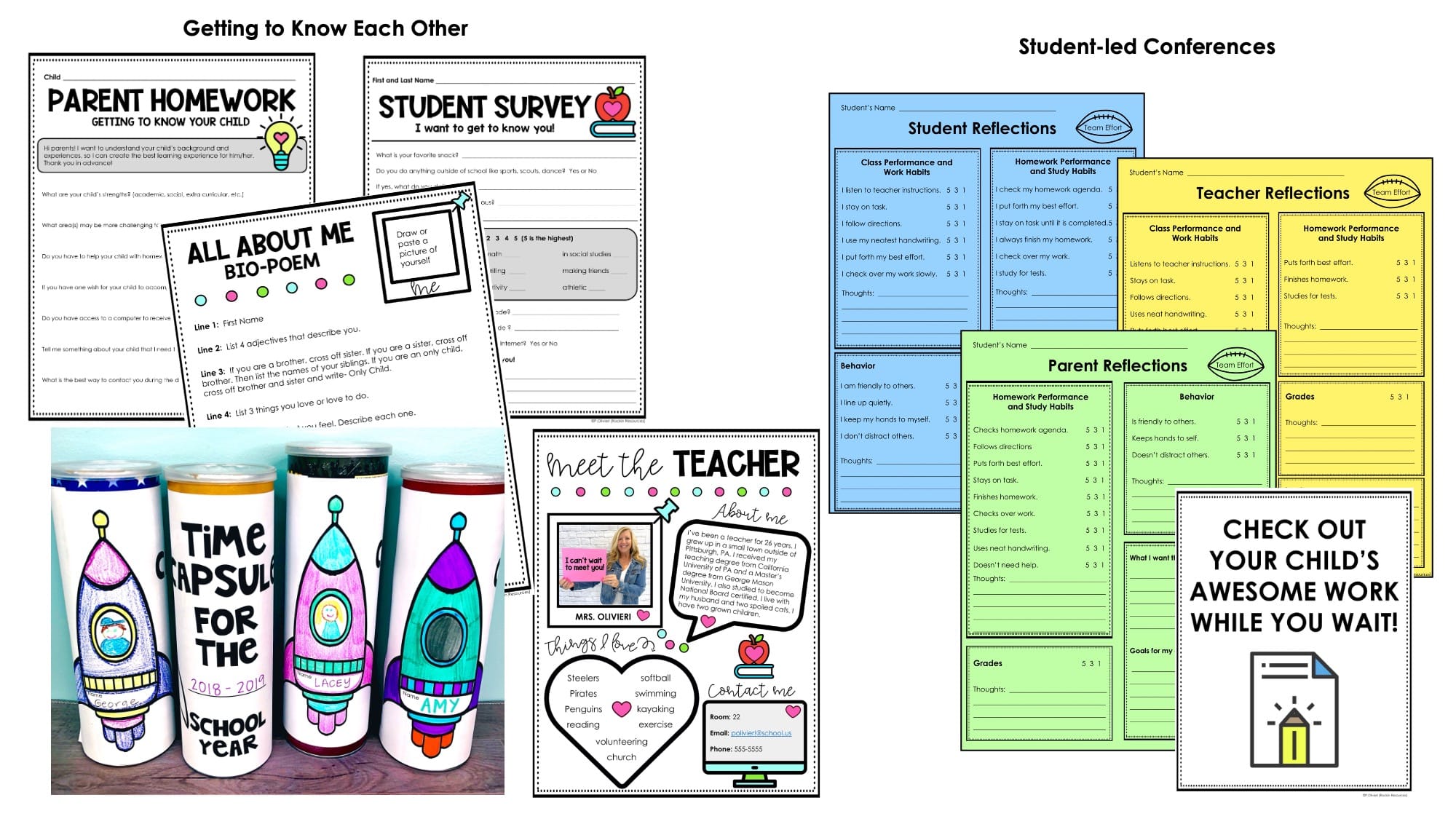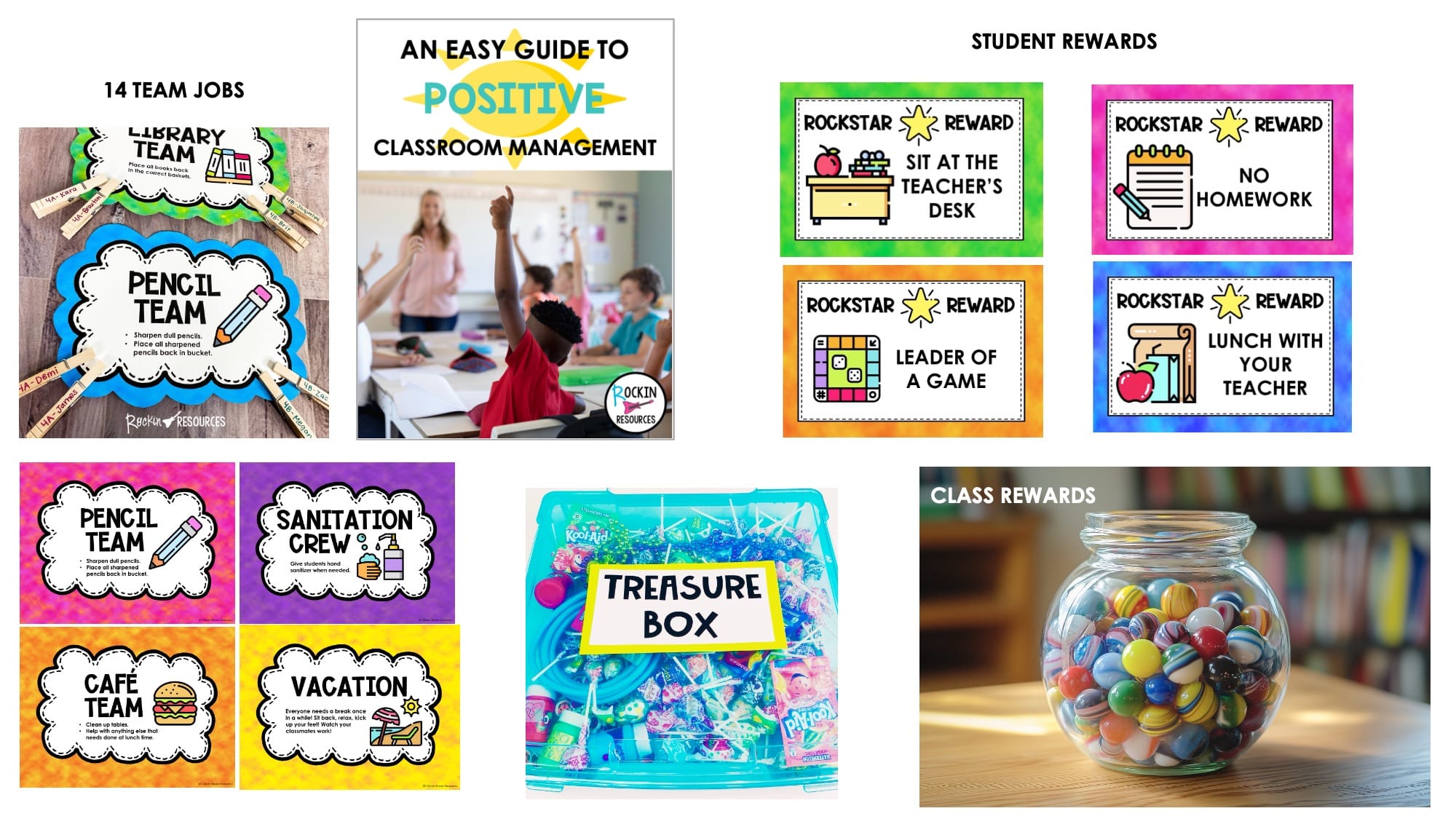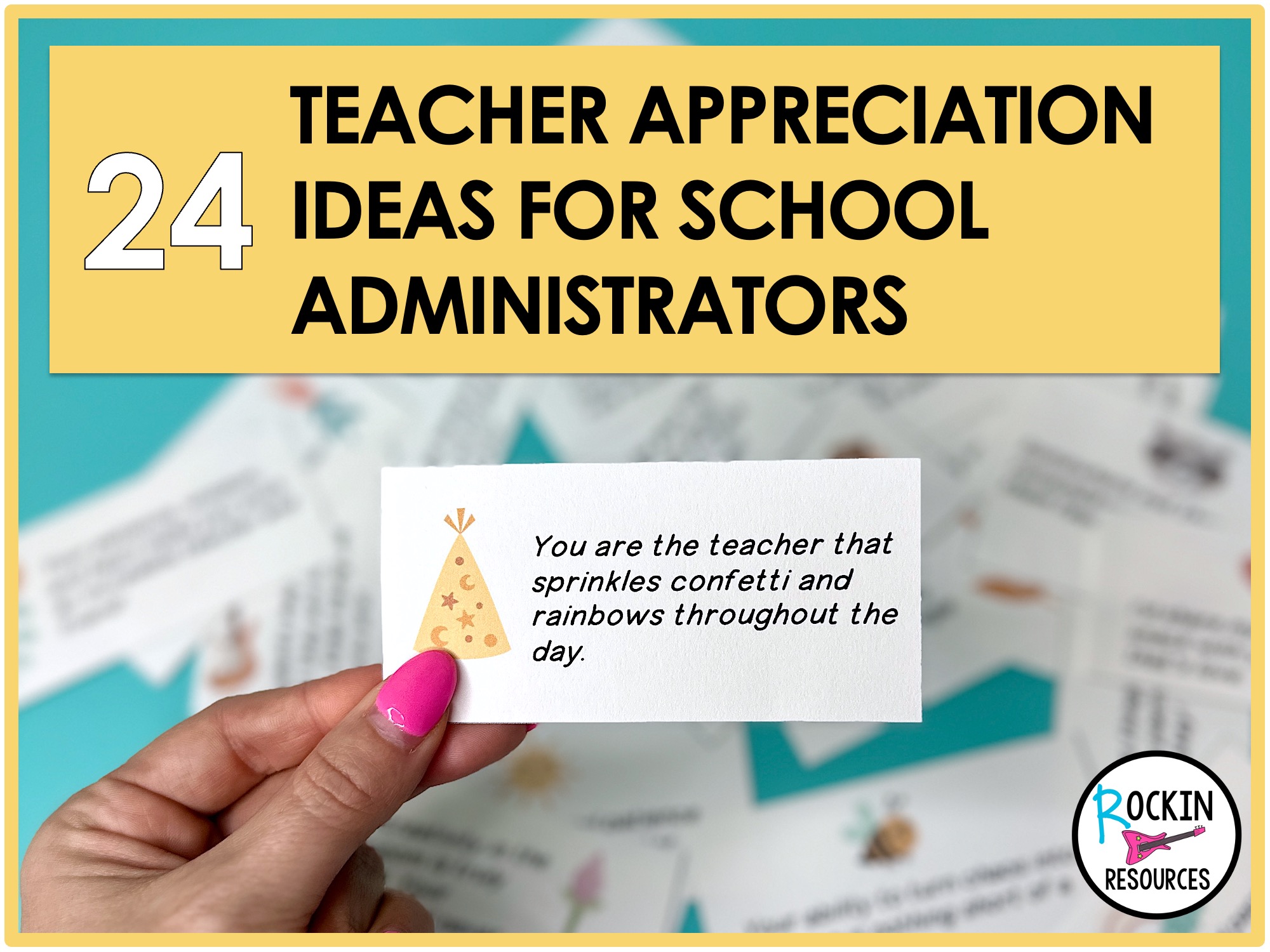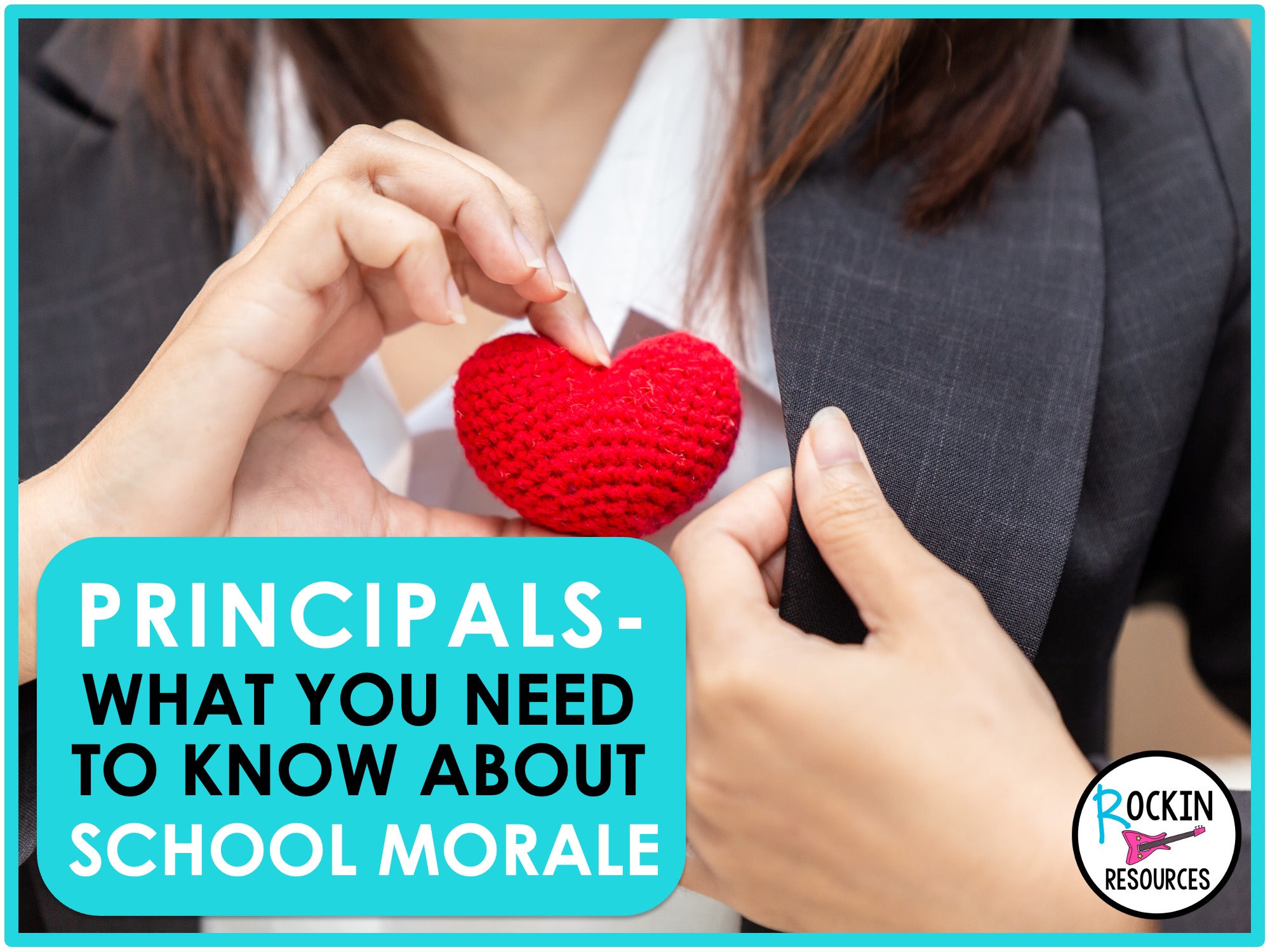If you’re anything like I was, you started your teaching career dreaming of being a total ROCKSTAR—only to be hit hard by the overwhelm. Looking back, I wish I had known even half the teaching tips, classroom hacks, and sanity-saving strategies I’ve picked up over the years. Learn 30+ Things I Wish I Knew My First Years of Teaching!
I made plenty of mistakes, but I learned something valuable from every one. I’ve discovered practical ways to stay organized, streamline routines, and create a classroom environment that works—for both students and teachers. But before I dive into the full list, here’s the most important lesson of all: YOU CAN’T DO IT ALL! And that’s okay. Don’t compare your beginning to someone else’s middle. The teaching profession needs you for the long haul!
ORGANIZATION
Getting organized is one of the most effective ways to create a calm and efficient classroom. These tried-and-true tips will save you time, reduce stress, and help your day run like clockwork!
Simple Organization Tips That Keep Your Classroom Running Smoothly
Student Mailboxes
Use student mailboxes to make distributing papers quick and efficient. Assign a space and number it for each student. Then, set a routine where students check them at the beginning and end of the day. It’s also a great spot for turning in homework, permission slips, and other forms.
Tip: Invest in a WOODEN LITERATURE ORGANIZER instead of a cardboard one. It costs a bit more upfront, but it’ll last for years!
Task Card Storage
Keep task cards organized and easy to grab with COLORFUL PHOTO KEEPER BOXES! Label each section by skill or subject so you can quickly locate what you need during centers or small-group activities.
Graded Papers Crate
Set up a portable crate with hanging folders for each student to store graded work. It’s convenient for filing throughout the week, and when it’s time to send papers home, everything is ready to go!
Student Files
Create a private file folder for each student to hold important documents, like emergency forms, behavior logs, parent communication notes, and conference materials. Store these in a secure drawer or filing cabinet for easy access when needed.
Take-Home Folders
Give each student a sturdy, two-pocket folder with prongs (preferably the same color to keep things uniform). Label one pocket “Keep at Home” and the other “Return to School.” In the prongs, insert a homework calendar, class newsletter, behavior chart, or any other items that students need to stay organized and on track at home. Heavy-duty folders are worth it—they’ll survive the entire year!
CHECK OUT MY AMAZON LIST FOR MY MUST-HAVE ORGANIZATION!
Daily Bins
Prepare Monday–Friday bins for each day of the week to hold copies, supplies, and read-alouds. Fill them on Thursday or Friday, the week before—game changer! I started with daily folders, but switching to bins made things more efficient.
Tip: Keep extra bins for prepped projects, sub plans, or holiday lessons.
Classroom Library
Create an organized system for your classroom library. Whether by genre, author, or level, clear organization makes books easier to find and return. Need ideas? Check out the blog post How to Organize Your Library. If you’re just starting out and need more books, see suggestions at the end of the post for building your library on a budget.
Restroom Routines
A system is essential to avoid bathroom chaos. Schedule class-wide restroom and hand-washing breaks before lunch and after recess. For individual needs, use a restroom pass—one student out at a time—with clear rules. For upper grades, add a sign-out/in sheet for extra accountability.
No-Name Papers
Designate a spot for no-name papers. Whether it’s a bin or a bulletin board with clips, it makes it easy for students to find and claim their work. If you’re missing a paper, they’ll know exactly where to look.
Absent Student Work
Use an absent student form that tracks missed assignments. Assign a buddy or group to collect papers throughout the day, staple them together, and place them in a labeled folder. Store these in a designated bin for easy access when students return.
Substitute Plans
Prepping for a sub doesn’t have to be stressful. If your weekly bins are prepped, you can simply follow your regular routine. In addition, create a general sub plan template that outlines your schedule and routines. For emergencies, prep 1–3 days of emergency sub plans with copies and materials ready to go in a clearly marked bin or drawer. You’ll thank yourself later! Grab The Back-to-School First Week of School Lesson Plans and Activities.
Planning Ahead
Start by adding important school dates to your planner. Then map out your short- and long-term planning by week, month, or grading period. Even if it’s not required, having a big-picture view helps you stay aligned with standards and makes your daily planning easier and more intentional.
Year-Round Bulletin Boards
Save time with a reusable bulletin board that stays up all year! Swap out student work each month or season while keeping the background and headers in place. See A Hall Display to Last Through the Year. Do the same with a Poetry Bulletin Board. Place poetry anchor charts with a space below to put a student sample. Write “Coming Soon” under it. When you introduce that type of poem, attach a sample!
Centers Setup
Plan and prepare curriculum-aligned centers (such as math, reading, or writing) in advance. Organize the area so it’s easy to change out weekly activities. Be sure to include all necessary materials. Want inspiration? See our post, How To Set Up a Writing Center.
Student Numbers System
Assign a number to each student and use it to label everything—folders, notebooks, cubbies, mailboxes, and supplies. Use printable colored dot stickers (¾ inch round or rectangular) for easy labeling. Post a number roster near shared areas to help students—and subs—find what they need.
CHECK OUT MY AMAZON LIST FOR MUST-HAVE CLASSROOM SUPPLIES!
COMMUNICATION
Strong communication with students and families is key to building a positive classroom community. When everyone works together towards the same goal, you will see students flourish.

Love Your Students: They are not going to be perfect and may challenge you. They will come with issues and individual needs. Remember, they may come to school without structure, support, or consistency at home. Approach each child as if they were your own—how would you want their teacher to treat them? Do you need ideas for boosting student morale? Read the post, How to Boost Student Morale.
Build a Strong Relationship with Your Students: Build strong relationships by learning about their interests, hobbies, and lives outside school. Attend an extracurricular activity to show them you care. Have students fill out a student interest inventory and survey about their thoughts and habits. Allow them to introduce themselves with an ALL ABOUT ME project or TIME CAPSULE that compares their interests from beginning of the year to the end of year. This is also helpful when we are Brainstorming Ideas for writing.
Build a Strong Relationship with Your Parents: Equally important is connecting with parents. Begin the year by conducting a parent survey to gain a deeper understanding of their child’s strengths, concerns, and goals. Also, keep parents in the loop. Don’t let them see poor grades come home repeatedly without contacting them. Knowing that you care will go a long way!
Send a Weekly Newsletter: Keep the lines of communication open with weekly newsletters to share upcoming events and due dates. Parents appreciate staying informed, especially when juggling busy schedules. As a parent, I cringed every time my own children had a teacher who didn’t have a weekly newsletter. I was busy holding down my own teaching career, furthering my education, and keeping up with my children’s homework and after-school activities. I often felt stretched too thin, and trying to figure out what was what and what was due was so stressful! If you have a place to put it on a website or send out weekly emails, that is a bonus!
Send Home Weekly Papers or Reports: Send home graded work and progress reports regularly so there are no surprises come report card time. A simple folder system with a signature form can help papers stay organized and accounted for. Parents generally dislike receiving surprises on report cards. Don’t rely on the parent portal either. Parents want to see the work. It gives them something to discuss with their child. Place a form outside the folder and have parents sign to indicate that they have seen it. Staple the papers in the folder to prevent them from getting lost or falling out.
Student-Led Conferences: Consider switching to student-led conferences for your conferences. These meetings empower students to reflect on their growth, set goals, and celebrate success, while strengthening the partnership between home and school. Students will learn about setting attainable goals, and the positive vibe will have everyone smiling. Read this blog on how to set up How to Set Up Student-led Conferences.
CHECK OUT INTEREST MUST-HAVES FOR BACK TO SCHOOL
LEARNING STRATEGIES
Great instruction doesn’t rely on a single strategy—it blends motivation, clear teaching, and student-centered support. When you focus on Motivate – Educate – Differentiate, you’ll engage learners, build strong foundations, and meet students right where they are.
Teach Smarter: Motivate, Educate, and Differentiate
Motivate: Spark interest with creative hooks that make learning stick. Try songs, raps, poems, acronyms, or powerful quotes to introduce or reinforce challenging concepts. For example, analyzing song lyrics can be a fresh way to teach poetry. Use high-energy games like I Have, Who Has?, Head Bandz, Paper Snowball Fights, Classroom Basketball, Jeopardy, or Eggspert to make review time exciting and effective.
AMAZON MUST-HAVE EDUCATIONAL GAMES
Educate (Step-by-Step Instruction): Scaffold, scaffold, scaffold! Don’t assume students have mastered prior standards. Break down difficult skills into manageable steps, building on essential foundations. This is especially important in subjects like reading and writing, where one concept supports the next. Explore Step-by-Step Writing and Step-by-Step Reading for tools to support this approach.
Differentiate: Every learner is unique. Provide options that support varied learning needs—adjust line spacing, allow written responses on separate paper, and use leveled Reading Comprehension Passages. In math, offer multiple strategies for solving problems to help students find what works best for them. Simple changes can make a big difference in student confidence and success.
CLASSROOM MANAGEMENT
Classroom management doesn’t have to be complicated. With a few simple tricks and routines, you can establish a positive and well-run learning environment. Here are some tried-and-true strategies to get you started:
Classroom Management That Actually Works
Secret Signals
Create a secret classroom language to grab students’ attention without raising your voice. Use a peace sign, a special clap, or a call-and-response. For example, the teacher says, “Fourth Grade!” and students respond with, “Rocks!” These quick cues become fun, consistent reminders to stop, look, and listen.
Team Jobs
Everyone should play a part in keeping the classroom tidy. I love using TEAM JOBS—pairing students together creates shared responsibility and accountability. Plus, they build teamwork skills while completing important tasks.
Homework Walk
Skip the homework turn-in chaos. Instead, do a homework walk—circulate around the room while students are working on a warm-up. Quickly scan papers to check for completion. You’ll instantly see who needs support and who’s rushing to finish.
Magic Cup
Fill a cup with sticks or cards labeled with students’ names. Use it to randomly call on students, make groups, or pick a lucky winner for a small prize. It keeps things fair and adds a little excitement to your day!
Fun Rewards
Incorporate low-cost, high-impact rewards that motivate students. Consider options like lunch with the teacher, being the classroom DJ for a day, or extra tech time. Rotate your reward menu to keep it fresh and exciting!
SEE CLASSROOM MANAGEMENT RESOURCES!
Treasure Box
Build a classroom treasure box filled with rewards: fun erasers, stickers, bead necklaces, candy, homework passes, or coupons like “sit by a friend” or “teacher helper for the day.” Use it to recognize outstanding effort, positive behavior, turning in homework, or meeting classroom goals.
Idea: Hand out generic coupons throughout the week. At the end of the week, students who collect a set number of coupons get to choose a prize from the treasure box, adding excitement and incentive to their everyday achievements.
Group Incentives
Group rewards can build community, but keep it positive! Use a marble jar or point tracker to celebrate teamwork and good behavior. Let students know the prize in advance—such as extra recess, a movie and popcorn, or time in the treasure box—so they stay motivated as the jar fills up.
Positive Language
Shift your management tone from negative to positive. Instead of saying, “I won’t accept messy work,” try, “I’m excited to collect neat and thoughtful work.” This small shift encourages responsibility without sounding punitive. Want more ideas? Grab my FREE Positive Classroom Management Guide in the FREEBIE VAULT!
INSIDE SCOOP
Getting to know people in the building will be incredibly helpful. Most people who work at a school know you juggle many things and are willing to give you a hand. Establish relationships!
People to Get to Know Early On (Trust Me!):
Custodians – These behind-the-scenes heroes do more than clean. They’ll help you hang bulletin boards, rearrange furniture, handle unexpected messes, and often build strong, caring connections with students. A great relationship with your custodian goes a long way!
Cafeteria Staff – It might seem minor, but don’t overlook the lunch crew! When you build a good rapport with them, they’re often more than willing to help with field trip lunches, classroom celebrations, or even last-minute supplies for a lesson. They’re part of your school family too!
Office Staff – You’ve likely already met them—they’re usually the first friendly faces you see. But beyond greetings, they’re the go-to people for reminders, mail, announcements, and insider tips that keep the school running smoothly. Treat them like gold!
Parent Volunteers – While parent involvement can feel overwhelming at first, letting them in can be a game changer. They can help with cutting, organizing, prepping materials, setting up for events, and more. One of my classroom volunteers, Grandma Jan, came to help for her grandchild—and stayed for 15 years. True story!
Mentors and Veteran Teachers – Don’t be afraid to ask questions. You don’t have to do it all alone, and your colleagues have likely faced the same challenges. One small tip from an experienced teacher could save you hours. Build those connections early—they’re invaluable!
PLACES TO FOLLOW
Teacher Freebies, Discounts & Book-Building Tips
Being a teacher comes with perks—if you know where to look! These tips will help you stretch your budget and build your classroom without breaking the bank.
Classroom Library on a Budget:
Most teachers don’t start with a stocked classroom library—unless you’re lucky enough to inherit one. But don’t worry! Begin by checking out book bundles from your school or public library. Use Scholastic Books Clubs to build your collection with monthly deals and teacher points. Let your school and public librarians know you’re interested in discarded books. Check yard sales, Facebook Marketplace, and used book sites like Thriftbooks. Pro tip: sign up for their rewards programs for even more savings!
Teacher Discounts Worth Knowing:
From craft stores to clothing shops, there are tons of teacher discounts available! Gift Card Granny keeps an updated list of teacher-specific deals. Don’t miss out—save on supplies, books, classroom decor, and even travel!
Freebie Vault and Newsletter: As mentioned earlier, we have a FREEBIE VAULT! There are some valuable resources in there! It will also subscribe you to our newsletter for more real-talk tips, exclusive freebies, and inspiration throughout the year!
SANITY ADVICE
Sanity-Saving Tips for New (and Veteran) Teachers
Let’s be real—teaching is incredible, but it’s also demanding. These tried-and-true tips will help you stay grounded, productive, and energized.
1. Take a Break
Pause. Breathe. You don’t have to be perfect. A few minutes of meditation or fresh air can reset your whole day. Read Self-Care Tips That Support Selfless Teachers.
2. Be Yourself
Let your personality shine! Students love a teacher who’s genuine, fun, and a little quirky.
3. Know When to Walk Away
Set a daily cut-off time for work, and stick to it. Go home and rest. It will still be there tomorrow, and that’s okay.
4. Find Your Teacher Bestie
Surround yourself with positive energy. A supportive teacher friend will lift you up, keep you grounded, and remind you to laugh when things get tough.
5. Grade Strategically
You don’t need to grade every single thing. Focus on one skill at a time—grade only “Million Dollar Words” in writing or the even-numbered problems in math. Work smarter, not harder.
6. Invest in a Great Pencil Sharpener
Sounds silly? It’s not. A reliable, quiet electric sharpener will save your sanity. This one’s my favorite! FAVORITE PENCIL SHARPENER.
7. Don’t Chase Every Trend
Let the latest fads play out before jumping in. Unless your district requires it, wait until new approaches, such as flexible seating, are more refined and teacher-tested.
8. Create a Memory Book
Start now. Add a class photo, roster, and little mementos from each year. One day, you’ll look back and see the real impact you’ve made—maybe even send a graduation card to former students! How to Keep a Memory Book
9. Stop Comparing Yourself
You’re not supposed to be a ten-year pro in your first year. Build slowly. Play to your strengths. Your students will thrive because of you.
10. You Can’t Do It All
Pick one or two goals to focus on each year. Layer your learning over time. Trying to do everything at once will only lead to burnout. Remember, YOU are making a DIFFERENCE!
Final Thoughts: You’ve Got This! If you’re reading this and feeling overwhelmed, take a deep breath. You care deeply—and that’s already a sign of a great teacher. But remember, progress over perfection. Take care of yourself so you can bring your best to your students. The rest will come.
Welcome to the teaching profession, where the rewards are heartfelt and the impact is lifelong. 💛
ROCK ON TEACHER ROCKSTARS!
SEE SIMILAR BLOGS:
DISCOVER RELATED RESOURCES:
SHARE THIS POST ON PINTEREST:















